David Dollar gives an economic update on China, unpacking the first quarter (Q1) data, explaining the government’s current stimulus actions, and commenting on the ongoing U.S.-China trade negotiations. This piece originally appeared on The Hill.
China was a frequent topic of discussion at the International Monetary Fund (IMF)/World Bank spring meetings held April 12-14 in Washington.
The IMF marked down the 2019 growth forecasts for every major economy except China. The forecast for the U.S. was reduced 0.2 percentage points, to 2.3 percent. China was marked up from 6.2 percent to 6.3 percent — a small change but a signal that the Chinese economy is stabilizing.
The first quarter (Q1) data reported this week ratified this confidence: GDP growth of 6.4 percent year-on-year (y/y) was better than expected; industrial production growth in March came in at a surprisingly high 8.5 percent y/y; and retail sales in March were up 8.7 percent.
The trade data reported earlier were also mostly positive. Export growth was a healthy 14.2 percent, belying the idea of a serious global slowdown or of major impact from the trade conflict.
Imports, however, declined 7.6 percent from the year before, which seems odd given the other evidence that consumption and investment are stabilizing.
In Q1, China clearly shifted from worrying about deleveraging to stabilizing growth. The March credit data — new yuan loans, total social financing and growth of the money supply — all surprised on the upside.
The government has announced a cut in the value-added tax, which will make most goods and services cheaper for households and should spur consumption. To that stimulus has to be added increases in local government bond issuance to finance approved infrastructure projects.
The overall stimulus seems to be about 1.5 percent of GDP, much smaller than the big stimulus after the global financial crisis but apparently enough to already have had a positive effect on the economy.
While there was a general consensus on the sidelines of the IMF meetings that the stimulus would be sufficient to stabilize growth in the 6.2-6.3 range for the year, there was less optimism about the medium term.
With the additional stimulus, even though modest in scope, leverage will naturally rise, as will financial risks. There are reports of medium-sized banks — mostly under the control of local governments — facing serious rising non-performing loans.
The big five commercial banks that make up more than half of the system seem to have adequate capital and provisioning. The Chinese government can afford to resolve small banks that are insolvent, but it will be a political challenge to carry this out smoothly.
Around Washington, attitudes toward the U.S.-China trade dispute have a similar character: optimism that a near-term deal will be struck, reducing risks for the global economy in 2019, but pessimism that a deal will stick.
The two sides seem motivated to reach an agreement in the next few weeks. The parameters of a deal are likely to include Chinese commitments to:
- purchase more U.S. products (the number leaked is $1.2 trillion over six years);
- open additional markets to imports and inward investment (eg, autos, financial services and now discussion of cloud computing); and
- take steps to eliminate forced technology transfer and intellectual property rights (IPR) violations.
Each element faces risks over the medium term: Some of the purchases may not materialize because of problems on either side of the Pacific; and/or the U.S.-China trade deficit may rise despite the purchases because U.S. imports from China have been growing rapidly (up 17 percent between 2016 and 2018).
On market access, the sectors to be opened all involve heavy regulation, so it remains to be seen if these markets are truly opened. And strengthening of IPR protection is inherently a slow and institutional process. Hence, it is easy to imagine the U.S. declaring at some point that China is not rigorously implementing the deal.
The consensus among China experts is that President Xi Jinping is not going to dramatically open and reform the economy, and hence the possibility of disillusionment on the U.S. side, somewhere down the road, is very high.
The Brookings Institution is committed to quality, independence, and impact.
We are supported by a diverse array of funders. In line with our values and policies, each Brookings publication represents the sole views of its author(s).

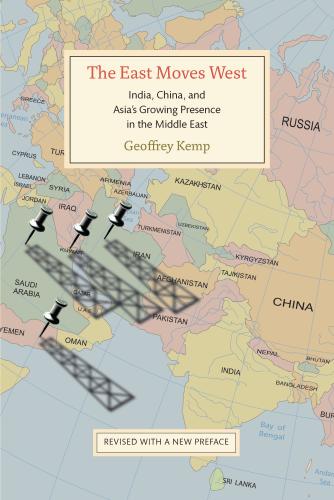
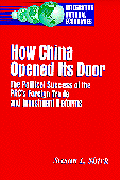
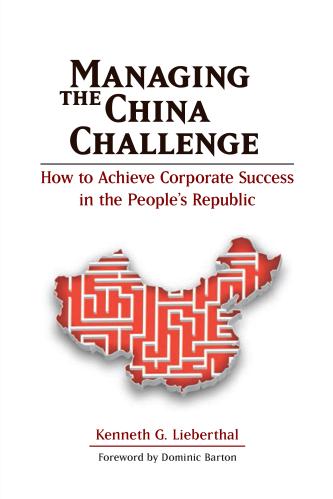
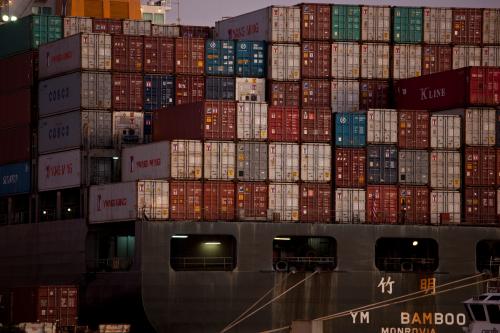
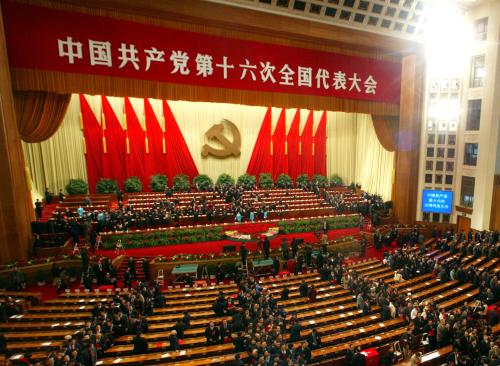
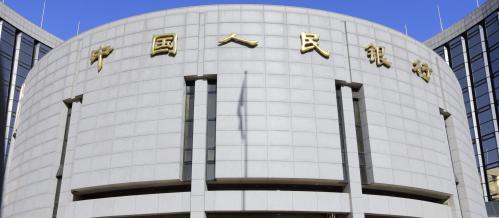




Commentary
A dash of stimulus helps stabilize China’s wobbly economy
April 23, 2019